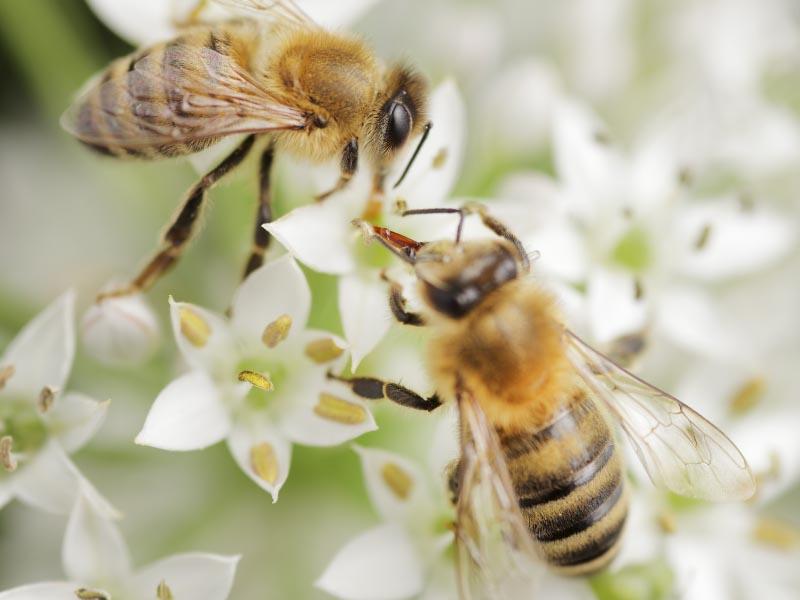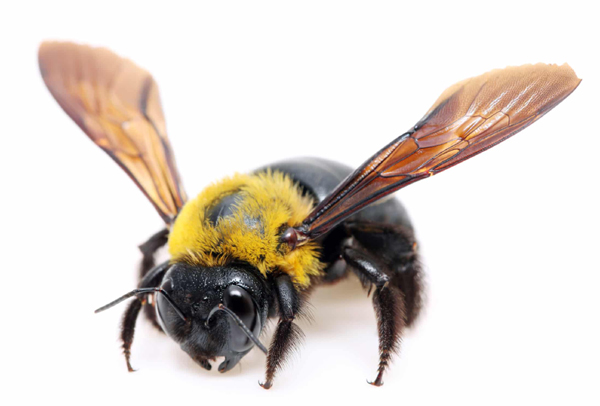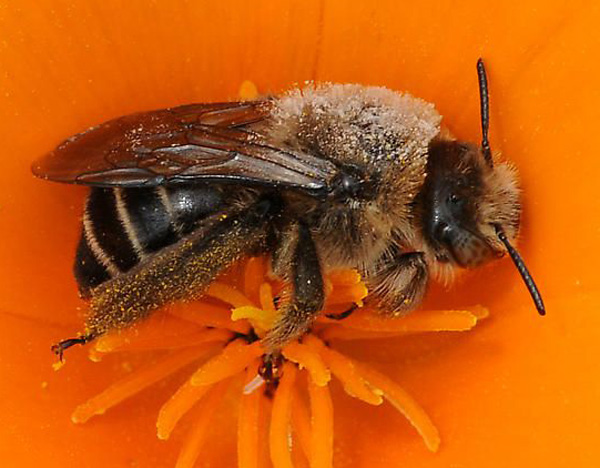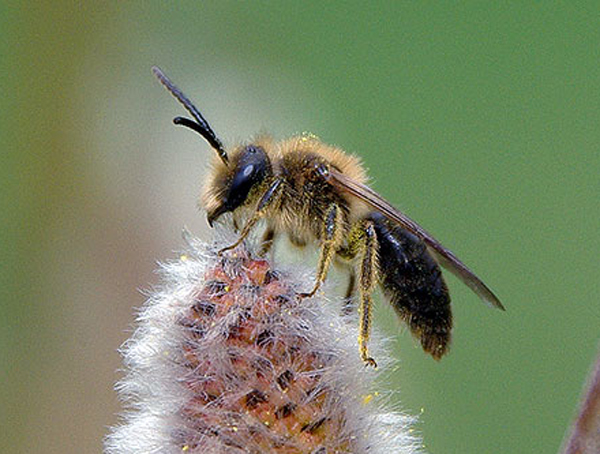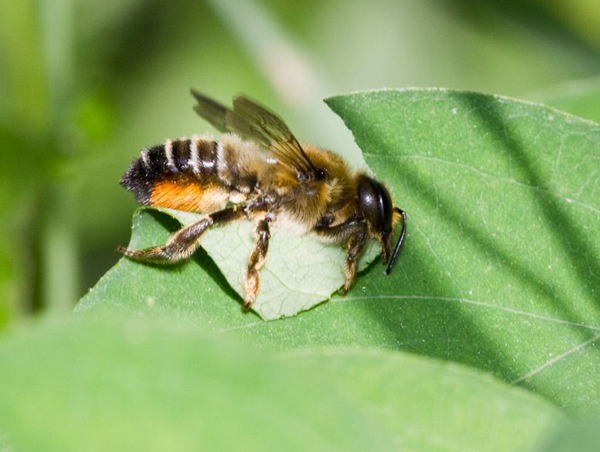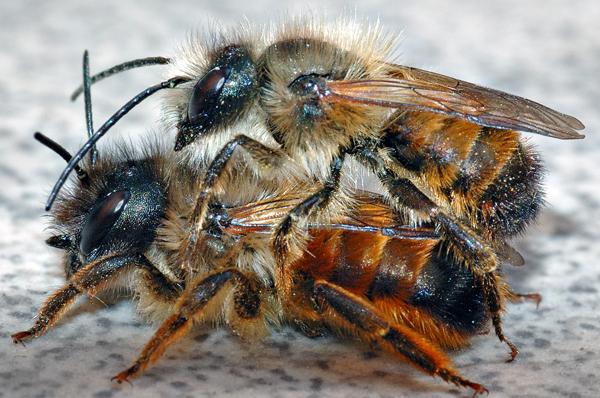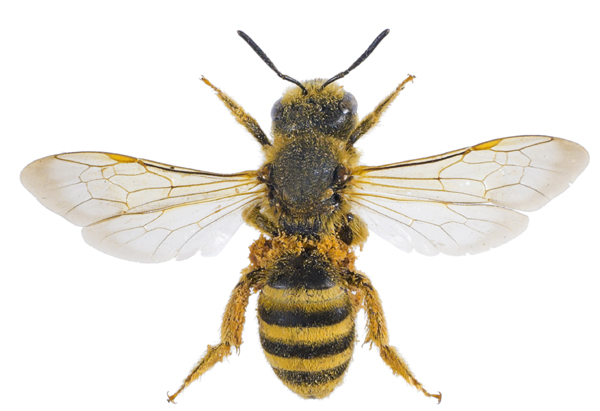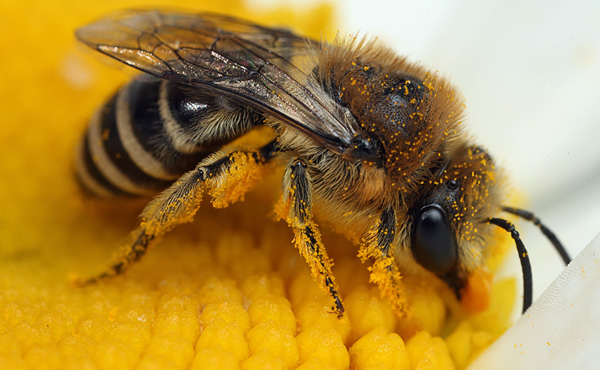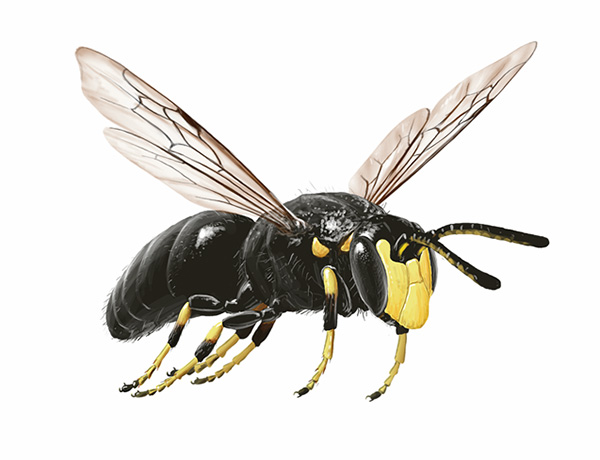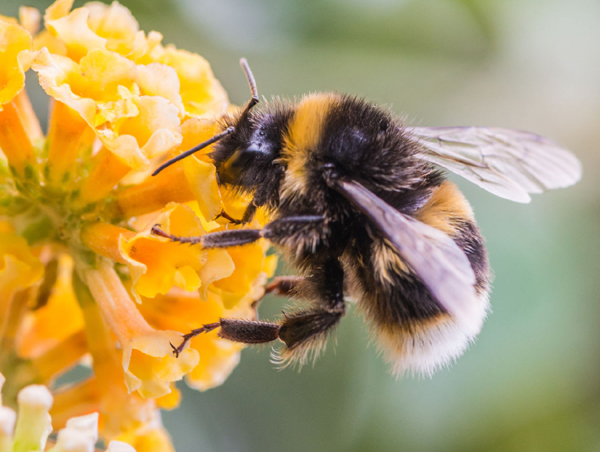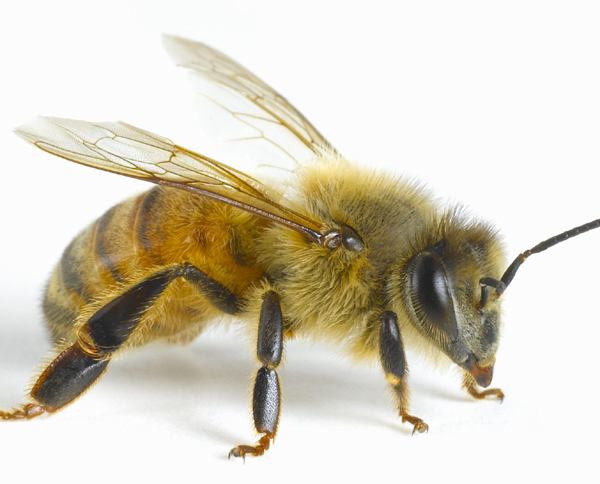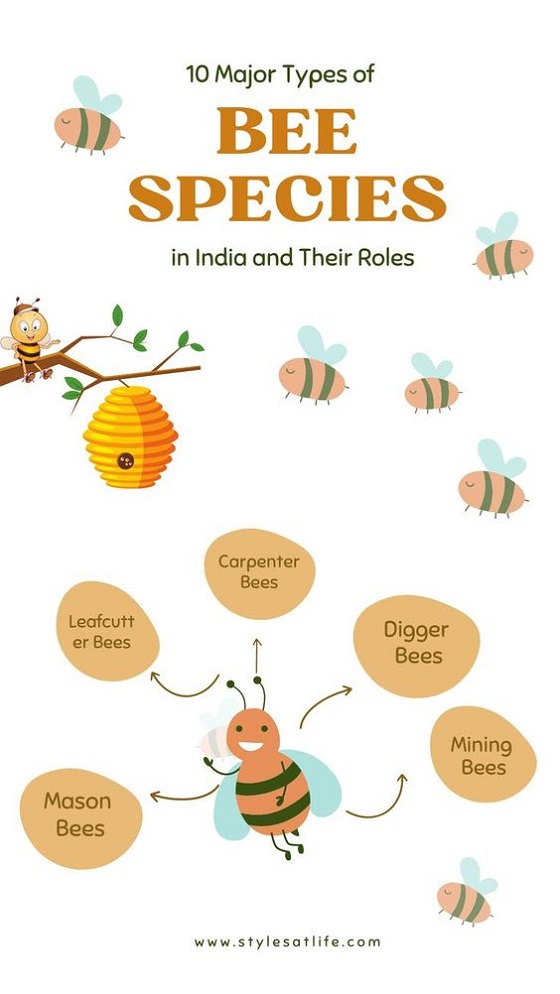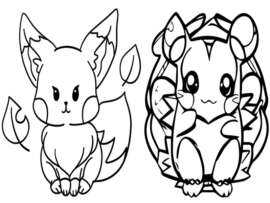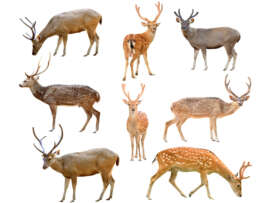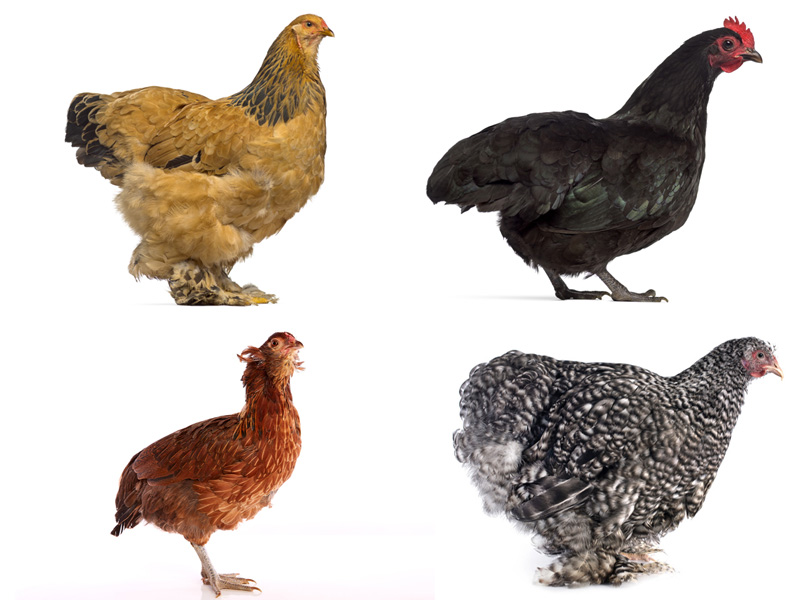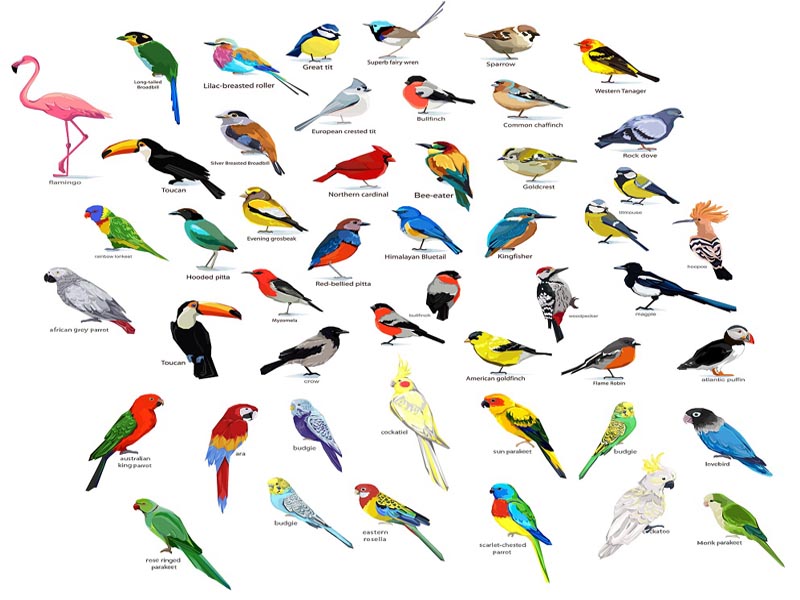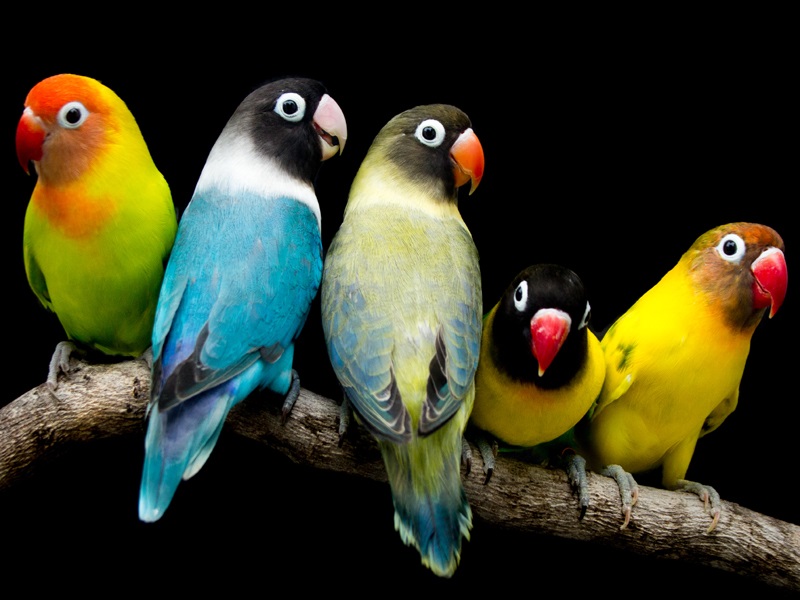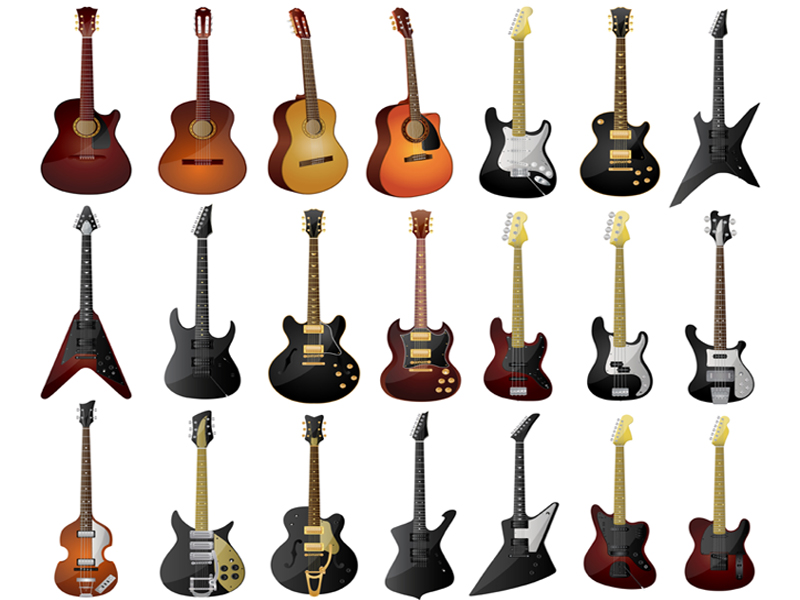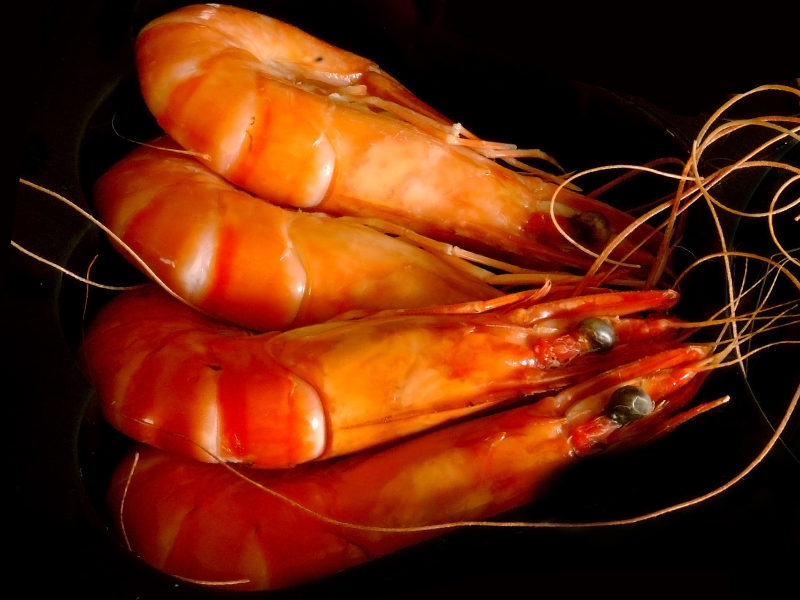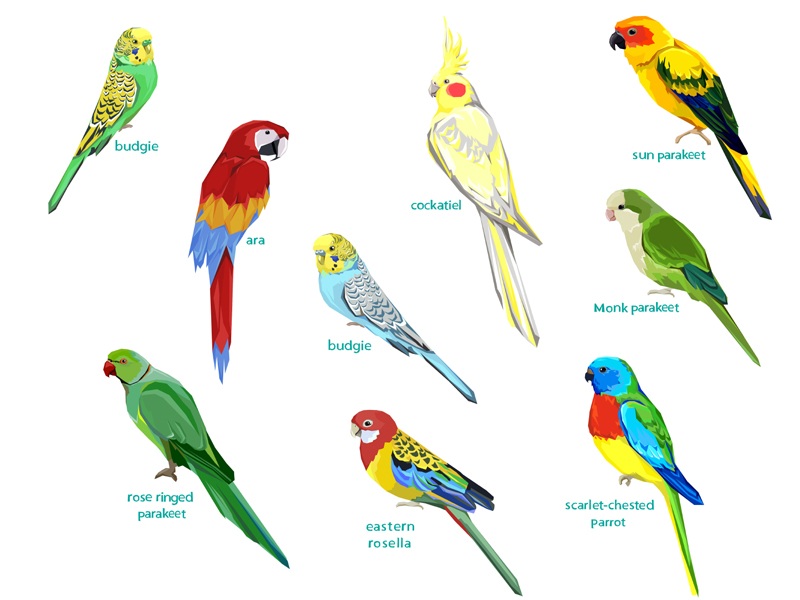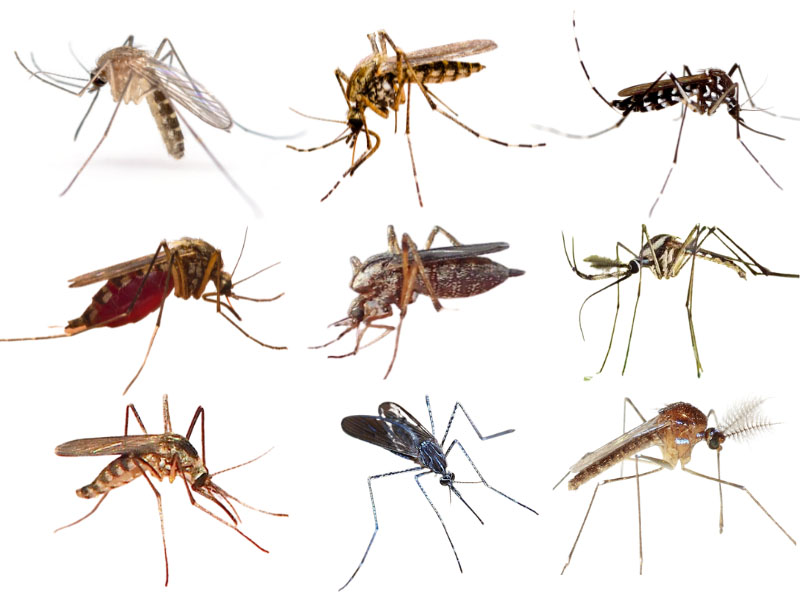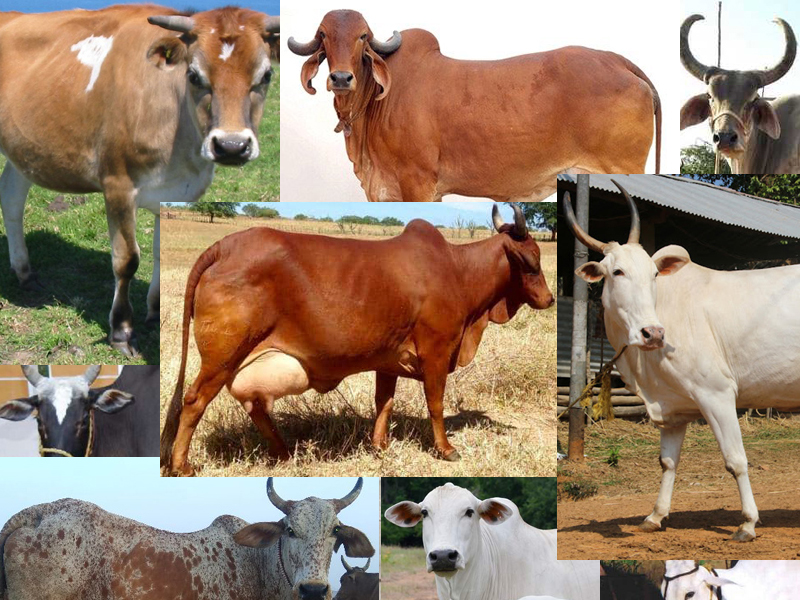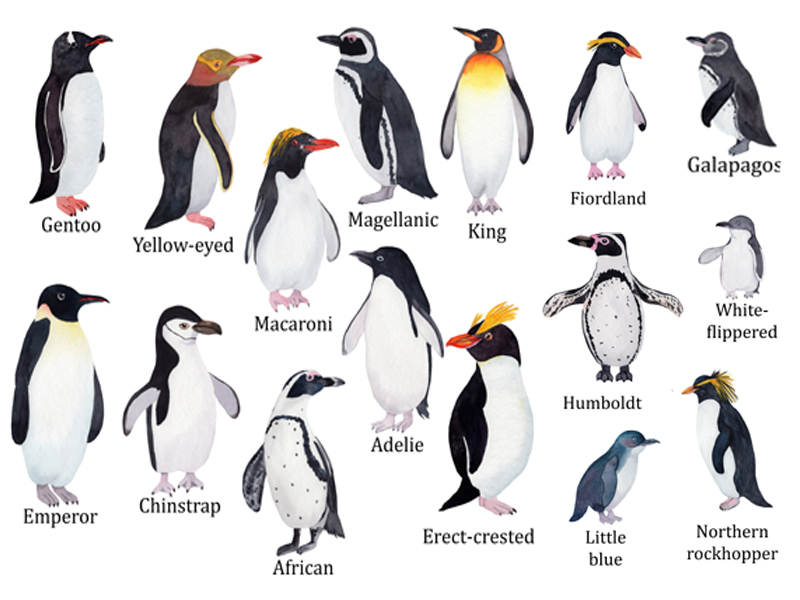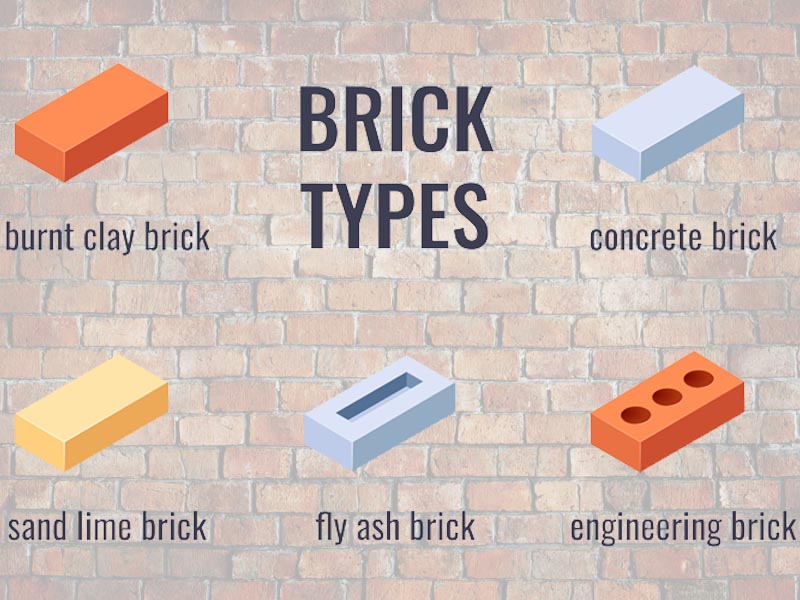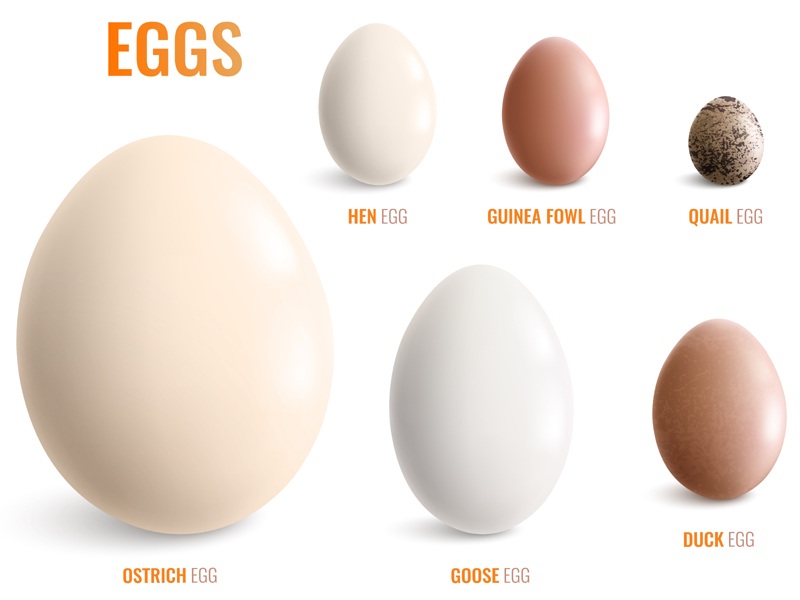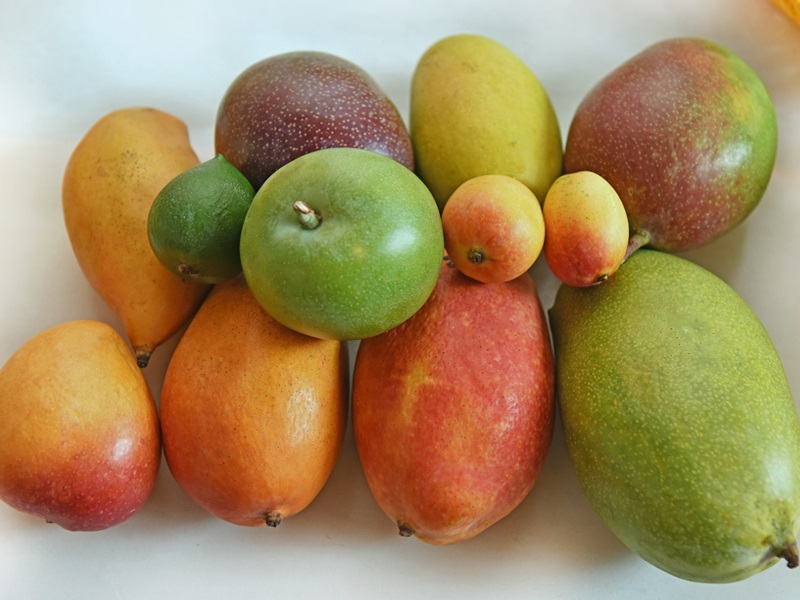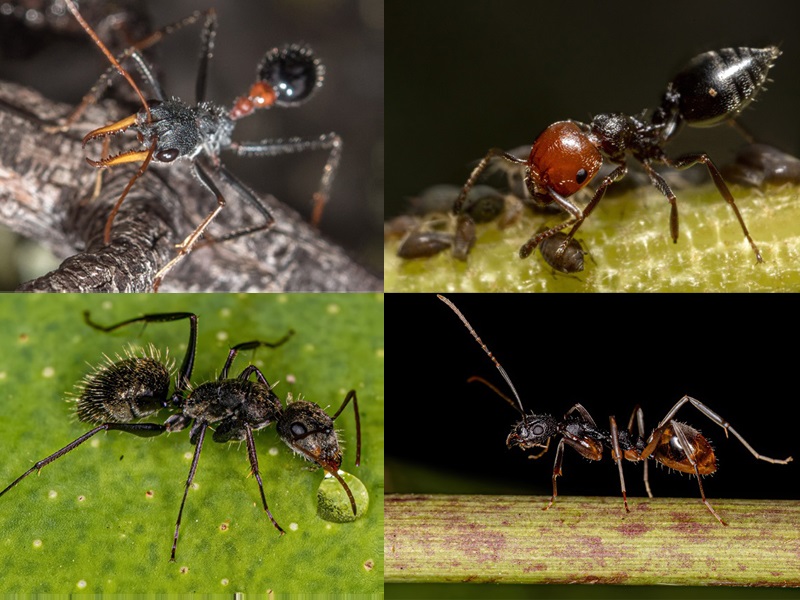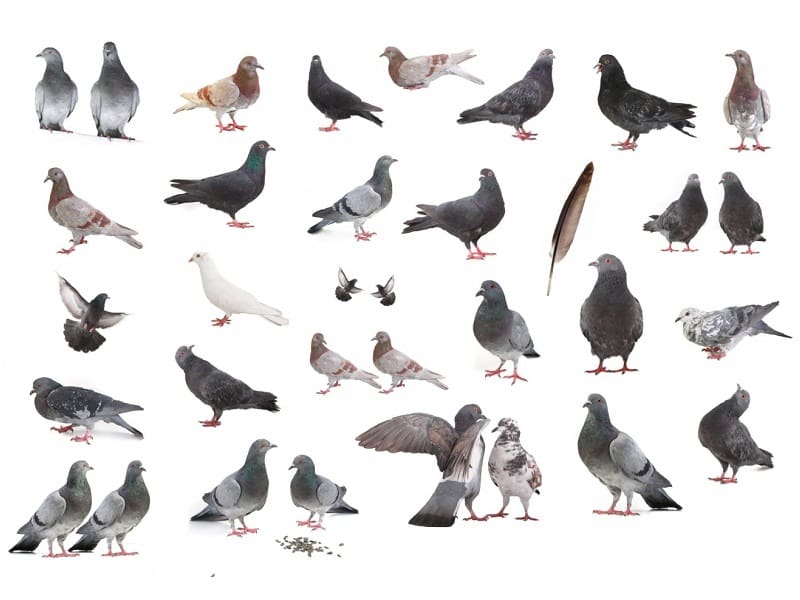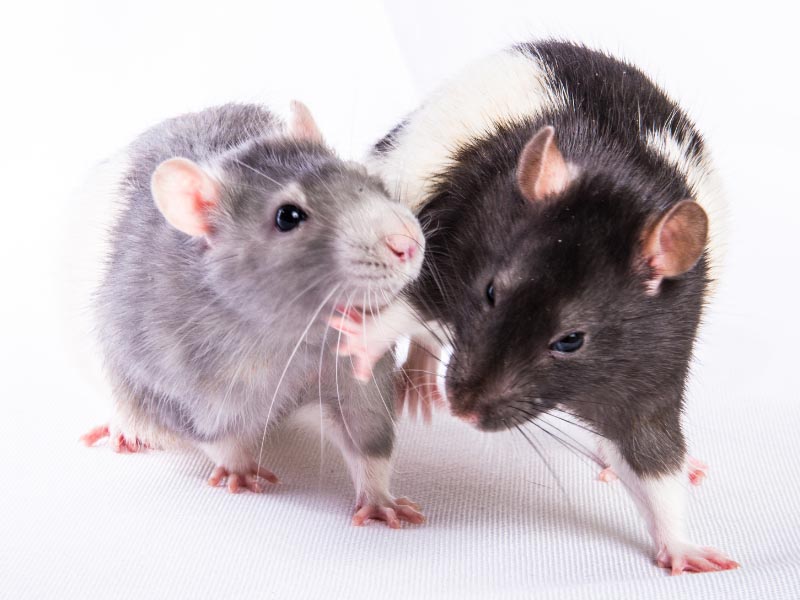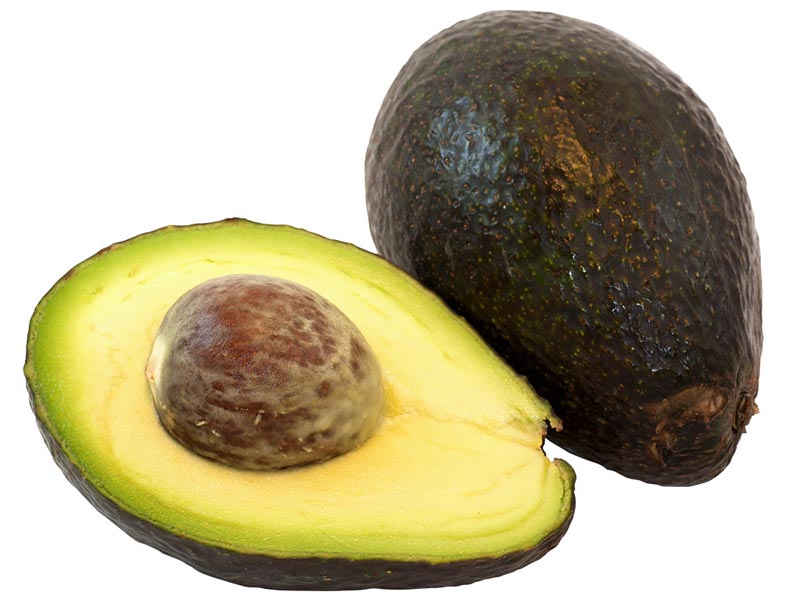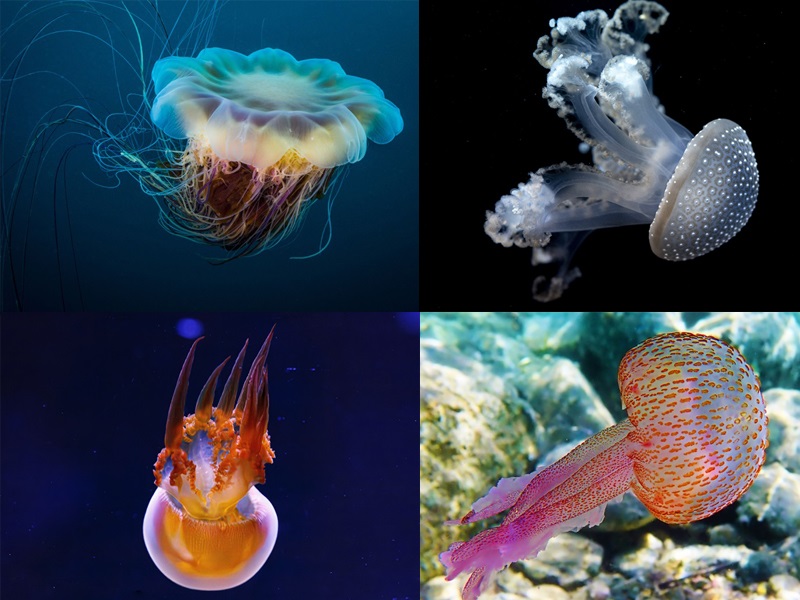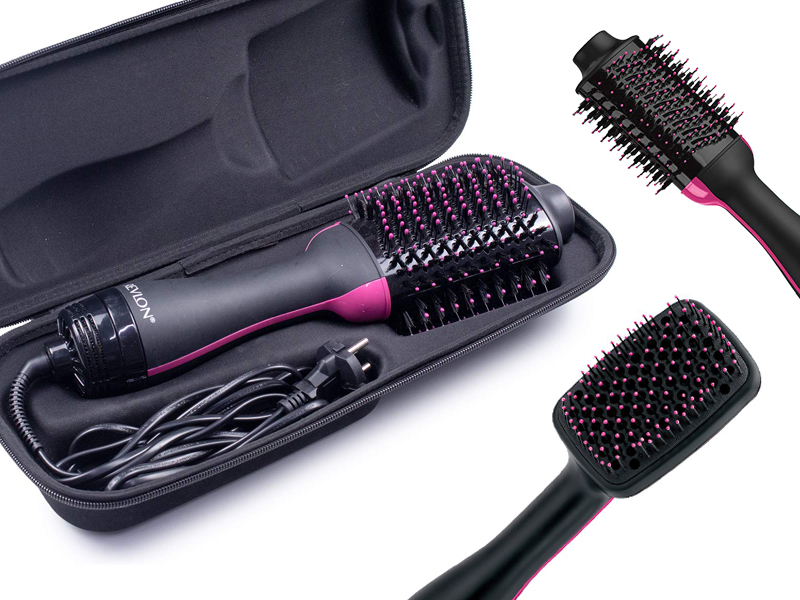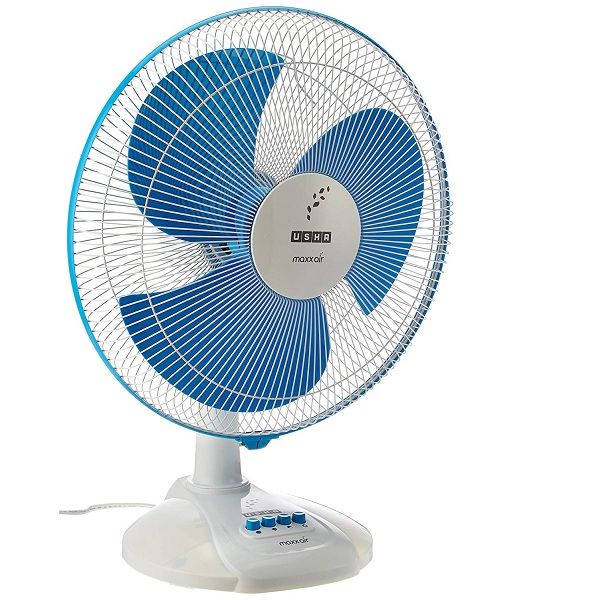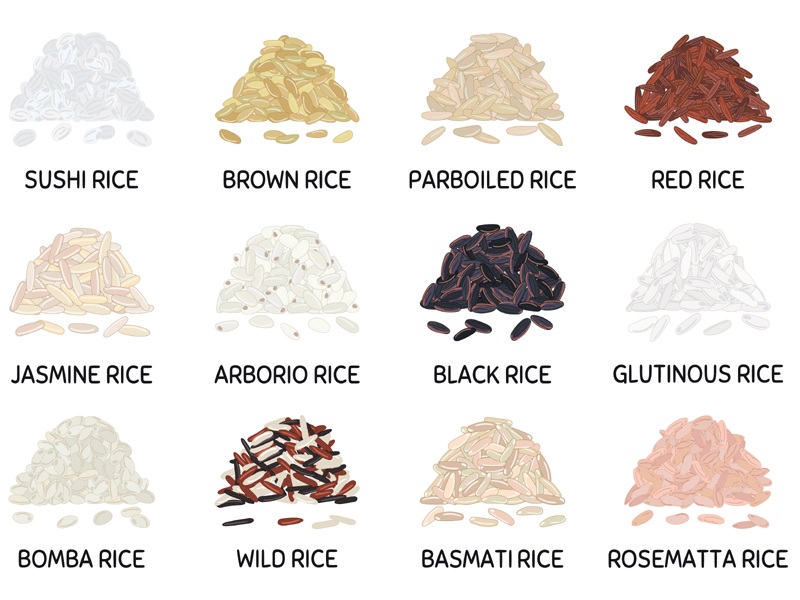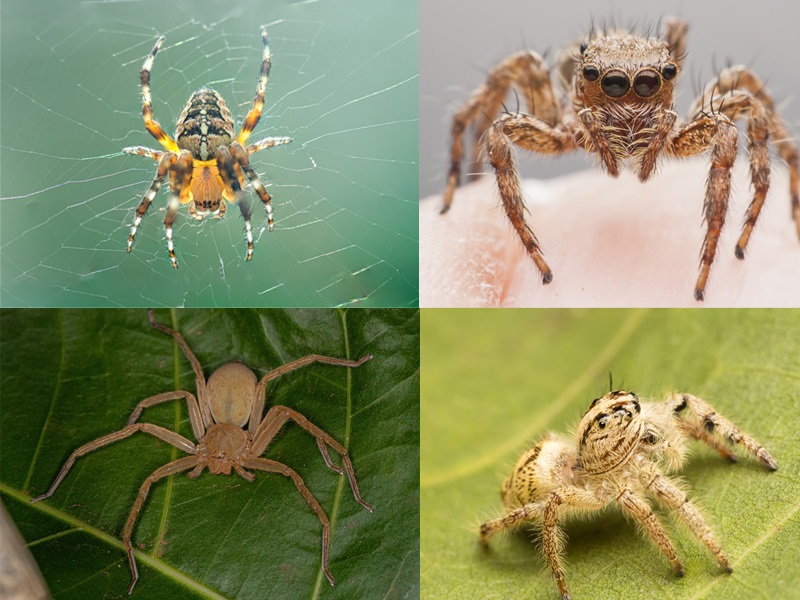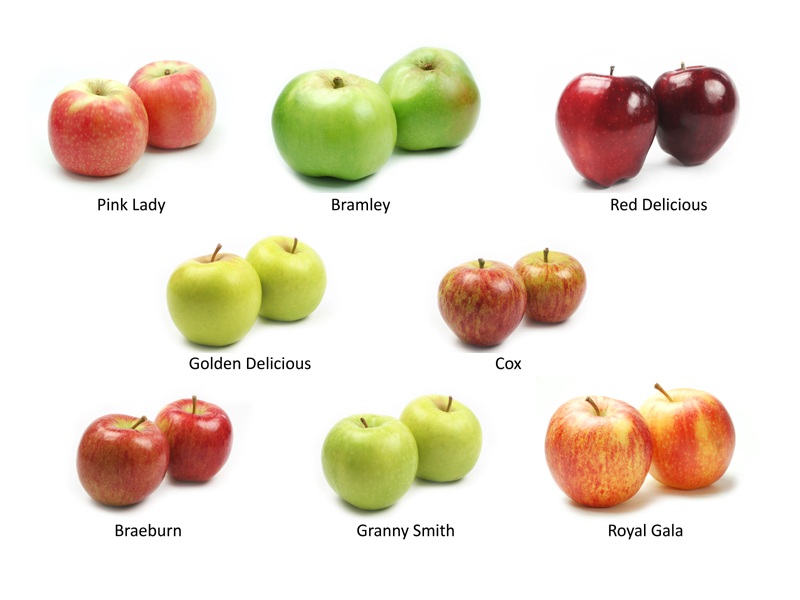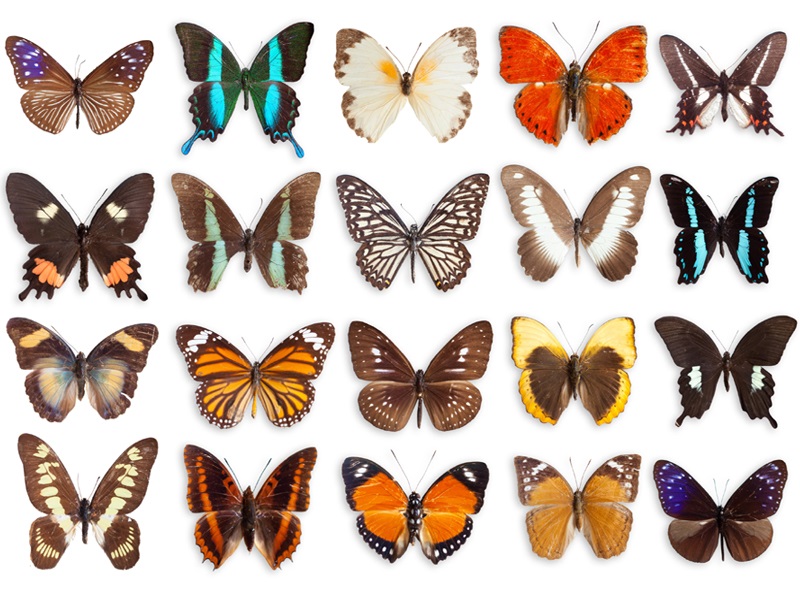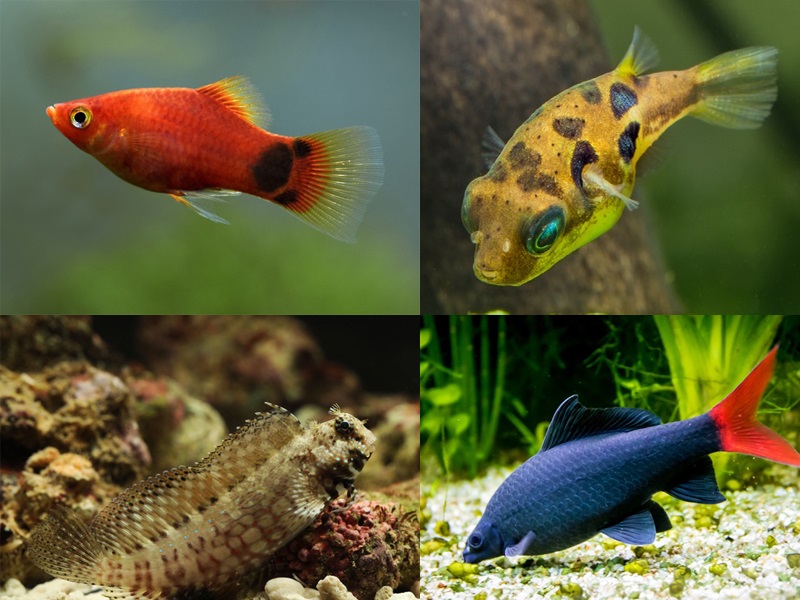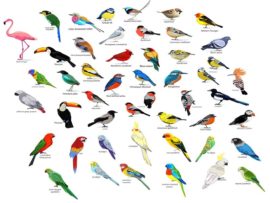How many types of bees did you know to exist? As we all know, bees are famous for several benefits with being part of our ecosystem, such as making honey, pollinating flowers, and crops, and inducing better environmental conditions. But what is exciting is that there are many more different types of bees than the usual species we may have heard of! Interesting isn’t it!
The bees belong to the family Apoidea, which is a descendant of ‘sphecoid wasps.’ From this family, thousands of types of bees and species are present on the planet, and many are yet to be discovered by humankind. However, certain kinds are commonly spotted in our environment. Let us learn about them today!
Classification Of Bees:
Given the several kinds of bees, how do you classify them? How do differentiate the bee varieties?
The bees are commonly classified as social bees and solitary bees. The social bees from the family Apoidea live together in colonies. These include honeybees, bumblebees, and stingless bees. On the other hand, solitary bees attract to pollen sources. Therefore, they don’t live and move in colonies like the social bees, nor even maintain a nest and build it together. On the other hand, a female builds the nest alone, with no other nests nearby.
List Of Different Types Of Bees In The World
Now, let us move ahead and learn all about the different types of bees, their breeds, and the species famous around us.
1. Carpenter Bees:
Carpenter bees are among the most popular known types of this variety. There are over 500 species of types of carpenter bees. However, their characteristics and appearance vary according to the region they are in. These kinds are solitary bees, who forage for pollen. Their nests are typically built in trees or artificial wooden structures such as fences and decks. The carpenter bee’s size varies between three quarters to one inch. The color of the bees varies between black and yellow color. Their life span is around three years.
Read: Most Popular Ants Species
2. Digger Bees:
Did you wonder why these bees got this name? The digger bees tend to prefer a nest in soil, hence the name. They are remarkably more prominent in size than the others and found in several parts of the world. The digger bees are also excellent pollinators. Their size is about half or quarter-inch and appears very metallic in color tone with shiny texture. Most of these digger bees have distinct markings on their body. They fall under solitary bees who nest alone, however, have within close proximity to other bees. The digger bees live up to one month.
3. Mining Bees:
Mining bees are another type of solitary bee. Their appearance and size vary greatly, right from one inch to very small size and tiny appearance. They have a furry body and are often non-aggressive, as they do not either sting or bite. Mining bees have yellow and blackish bodies, and variations differ as per their kind. They are well known as garden pollinators and play an essential role in flower pollination. Most mining bees have a life span of about four to six weeks.
4. Leafcutter Bees:
If you have ever noticed very neatly cut circular-shaped holes on your leaves (not ripped leaves), then these are done by the leafcutter bees. These other kinds of bees are also very significant in pollination. According to the US Agricultural research service, one leafcutter bee can pollinate equal to 20 honeybees. The leafcutters live up to six to eight weeks and prefer readymade cavities for nesting, such as twigs or excavated ready wood.
5. Mason Bees:
Mason bees belong to the family Megachilidae and the genus Osmia. These bees are distinct from others in that they use mud in constructing their nests. There are over 500 species of types in mason bees in the world, with colors in vibrant reds, blues, and greens. These bees are also non-aggressive and solitary, primarily helping in pollinating crops. These live up to four weeks.
6. Sweat Bees:
Sweat Bees, or Halictidae, belong to the second-largest family of bees. These bees are usually in dark vibrant metallic colors. All the species within these bees exhibit different characteristics, from being solitary to communal or semi-social. The diverse array of the behavior of these bees depends on their type and region. They do not sting until disturbed and mainly nest in the ground. The sweat bees can live anywhere until 40 days.
Read: Types of Frogs List with Names
7. Plasterer Bees:
Plasterer bees! Wondering, why this name?! The plasterer refers to the bees’ nest constructing habit. These plasterer bees can make a waterproof and fungus-resistant silky substance that helps glue their nest’s walls. Sometimes, these bees are also called polyester or cellophane bees. These bees are medium in size and are among the oldest bees on earth. But they are solitary bees too!
8. Yellow-Faced Bees:
As the name suggests, these bees have a yellow-faced appearance with markings on the legs and thorax too. These solitary bees nest in tunnels or wooden holes or stems and have more than 500 species of their kind. Most of these bees are endemic to Hawaii.
9. Bumblebees:
We cannot miss out on this popular kind of bee too. The types of bumblebees are social bees, with their size ranging from three-quarter inches to one inch. They are not aggressive unless disturbed and come with a yellow and black patterned appearance. The bumblebees come out mostly in warmer seasons for pollen and nectar.
10. Honey bees:
The honey bees appear orange and yellowish with black marks appearance. They are among types of social bees that can be up to half-inch long in general. As many know, honeybees are among the largest group of pollinating bees and prefer to live around flowering plants. Their nests are situated around trees, cavities, or rocks. Honeybee stings are very aggressive and painful and can be dangerous.
Types Of Bees In A Beehive:
Here is another exciting learning- the beehives where all bees reside are typically at their peak in warmer months. There will be thousands of bees, most being called workers, others as drones, and a queen bee.
Worker Bees:
The worker bees’ only purpose is to work for their lifespan. They do cell cleaning or guarding. Worker bees live their entire lifespan to work and die, to help the hive survive. They also take care and feed new developing larvae and check younger bees. Most types of small worker bees live up to five weeks.
Drone Bees:
The drone bees are male bees who are only present to mate with the queen and produce offspring. These bees live up to two months and get out of hives when the queen forces them out.
Queen Bees:
The queen bee acts as head, keeping the bee fully stocked with newer bees. She doesn’t do any task besides laying eggs, and worker bees take care of everything, such as maintaining, guarding, caring and cleaning. The queen bee is typically among the types of large bees in the hive and can lay eggs over 1500-2000 per day.
Read: Owl Species and Their Classification
We hope you enjoyed learning about different types of bees and their species present around the world. How well did you learn about these varieties of bees, and did you know anything new? We certainly did, along with you. Tell us how much you found this guide informational; we certainly love to hear from you!
FAQ’s
1. How many different species of bees are present in the world?
Ans: It is estimated by several researchers that there are 25000 species of bees in the world. However, more are yet to be discovered!
2. How many bee families are present?
Ans: To date, there are around seven recognized families of bees. These are: Apidae, Megachilidae, Andrenidae, colletidae, halictidae, Melittidae, and Stenotritidae.
3. Which types of bee species are less aggressive?
Ans: The carpenter bees are found to be significantly less aggressive than other kinds; they are very calm and docile.
4. Which are common bees that sting humans?
Ans: Honey bees often are known for painful stings. They are popular types of stinging bees, aggressive and active.
5. Are all pollinating bees non-aggressive?
Ans: It is a myth that most bees sting. On the other hand, several types of pollinating bees are non-aggressive. Unless they are disturbed or threatened, they do not hurt or sting.
Disclaimer:
This is exclusively a guide about different types of bees for informative purposes only. The opinions and overview in this article are provided from various sources across the web. The author does not guarantee or promise any accuracy of the facts provided in this article.


